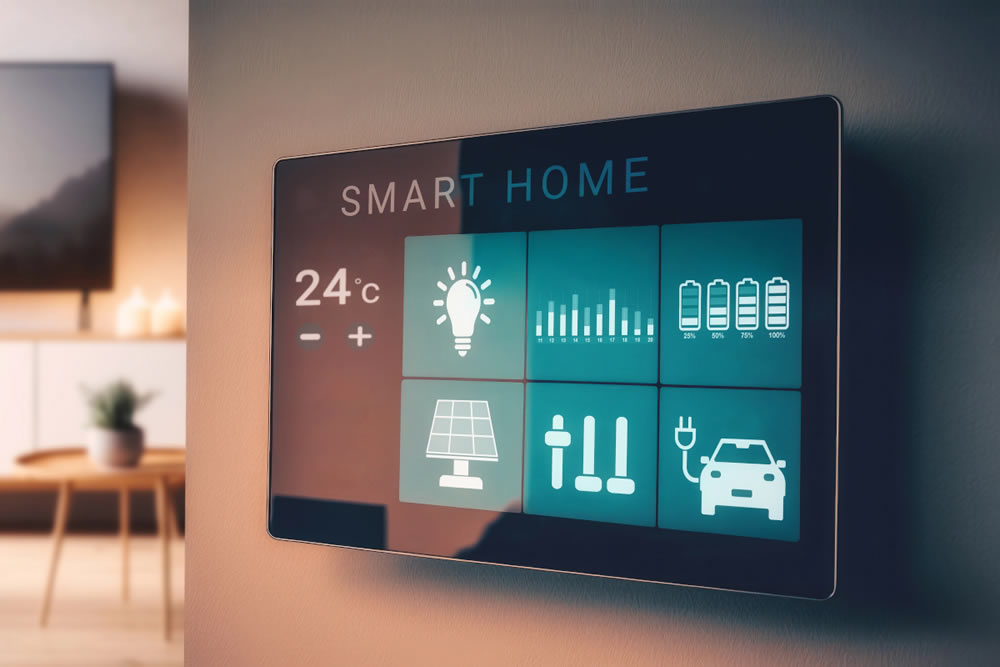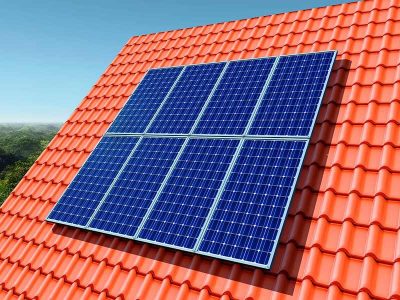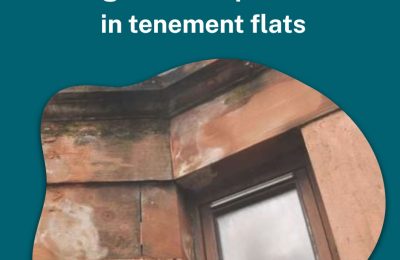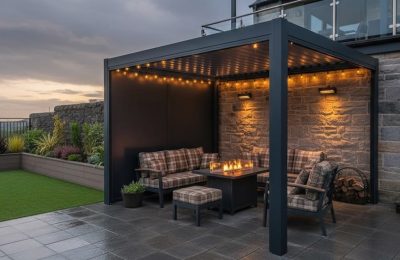The private rental sector is undergoing various changes with the forthcoming Housing (Scotland) Bill, which is reshaping the relationship between landlords and tenants. At the same time, there’s a serious demand for high-quality properties.
In response, landlords are adopting a more strategic approach to the upgrade they’re making, focusing on high-impact enhancements that appeal to discerning tenants. Purely cosmetic improvements aren’t enough anymore.
Tenants want sustainable, regulation-ready properties that they can stay in for longer without the need to search for a new home in a certain amount of time, particularly now the regulations are changing in their favour. But is investing in luxury additions always the right move, and what are tenants considering a luxury in today’s market?
Yield-maximising upgrades to attract premium tenants
Landlords need to meet modern lifestyle expectations. Premium tenants are willing to pay extra for amenities they can’t get elsewhere, such as high-quality kitchens and bathrooms, which consistently stay high on wish lists. Integrated appliances project a premium feel and enhance durability, while durable work surfaces made from high-end materials like quartz or marble are luxe and long-lasting.
Digital amenities are also a must for luxury properties that tenants look for and expect to retain. These range from reliable high-speed connectivity and built-in workspaces for hybrid and remote workers, to smart hubs that add convenience, to everything from blinds and heating to turning on the TV. These features achieve higher occupancy rates and longer tenancies.
For landlords operating in the upper tier of the market, or those striving to be, premium wellness additions like home gyms or outdoor entertainment areas can bring in strong yield potential, albeit with a higher upfront investment. The ultimate feature is a pool, but in city properties, outdoor space is typically too limited to install one. A practical alternative is a swim spa, which has a compact footprint compared to traditional pools and doesn’t require access beneath the pool itself, as explained here by swimming pool builders Compass Pools.
More than indulgences, these features are targeted tools for attracting long-term, high-value tenants that minimises the risk of void periods.
Future-proofing for EPC targets
While premium amenities and lifestyle features secure a high calibre of tenant and a strong yield, future-proofing for energy performance remains the defining factor for the long-term viability of rental assets. Energy performance, and finding ways to reduce energy costs, has become a critical consideration for both compliance and tenant appeal. The Scottish government’s proposed move towards higher EPC bands is being rolled out over the next few years, and the direction of movement is clear: landlords will be expected to achieve meaningful improvements in energy efficiency.
While insulation is one of the most effective and high-impact measures to reduce energy use, there are bigger upgrades that landlords can make that will make a rental more appealing to prospective tenants. Modern glazing, for example, makes a property look more contemporary and well-maintained, but it also adds energy-reducing benefits that keeps tenants comfortable year-round.
Heating systems are also a valuable area where improvements can be made. Traditional gas boilers will become less viable over time, and low-carbon alternatives like air source heat pumps or electric heating systems are becoming a stronger investment. Yes, these measures ensure compliance in the years to come, but it also appeals to tenants who want well-maintained, up-to-date properties that will keep their utility costs down.
Market considerations
Luxury additions can minimise vacancy periods for the right property and segment of the market, but not always. Whether it’s a good investment depends on local demand, how much extra rent you can realistically charge, and the upgrade costs.
Better equipped, well-presented properties generally let faster and can attract more prospective tenants, especially in high-demand areas like Edinburgh. It also signals quality to higher-income tenants who value and expect luxury finishes and amenities. Industry leaders consistently list modern kitchens, good heating systems and insulation, together with reliable appliances, as the key upgrades for securing faster rental transactions and fewer vacancy periods. Therefore, landlords that know where to invest are best equipped to boost their overall profits.
Of course, there are situations where a luxury addition might not help, or even fail to provide a good return on investment. In areas where the demand is weaker, or where the market is flooded with similar properties, you may not be able to stand out, and a luxury finish won’t necessarily guarantee a shorter void period. Luxury additions are also subjective and could translate to higher maintenance, thereby reducing the net benefit.
Property investment is a business, and landlords who want to minimise void periods and secure stable income need to balance regulatory preparedness with functionality and amenities that allow for an elevated lifestyle. Not every upgrade is an expense and often strategic additions to a property that have comfort and luxury in mind can help make your property more appealing in the listings.










